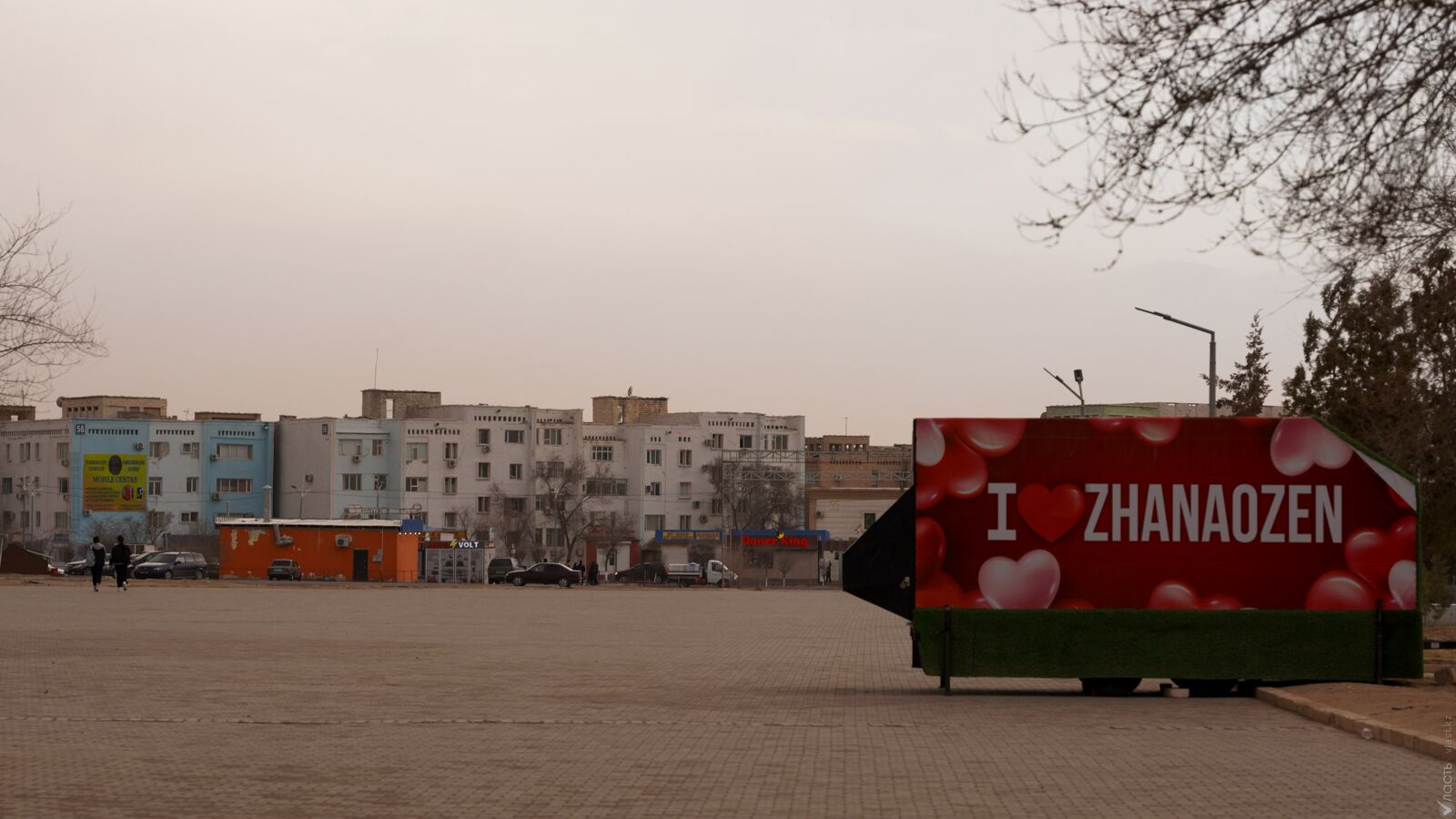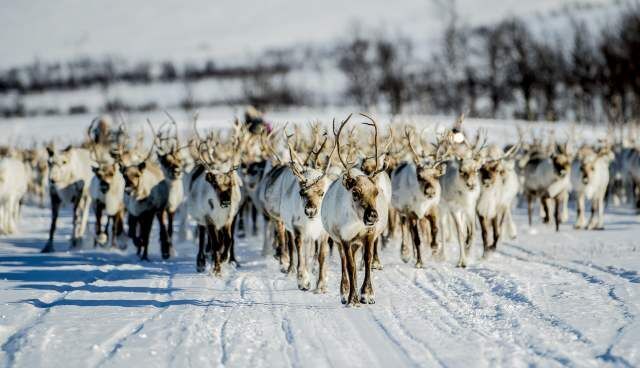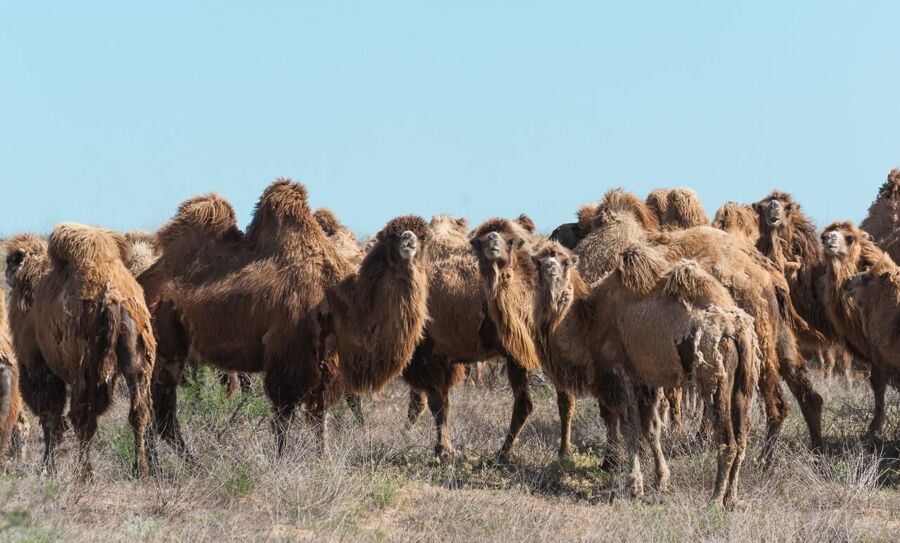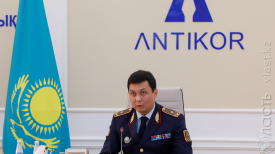- ВКонтакте
- РћРТвЂВВВВВВВВнокласснРСвЂВВВВВВВВРєРСвЂВВВВВВВВ
People in the windswept oil town of Zhanaozen don’t know where the peripheral town of Sør-Varanger is, and vice versa. Russia’s war in Ukraine could become a reason to find out, argues Ivar Dale, senior policy advisor at the human rights organization Norwegian Helsinki Committee, who penned a guest column for Vlast.
Earlier this month, the Norwegian State Broadcaster (NRK) reported that the municipality of Sør-Varanger in Norway’s northernmost province of Finnmark is mulling over the possibility of canceling its “twin town” agreement with Pechenga, a town across the border in Russia’s Murmansk province.
The reluctance is understandable. Finnmark and Murmansk have a long history of contact among their people. But since February 2022, it has become increasingly difficult to justify caring about Russia, Russian language, music, and literature.
“The friendship agreement belongs in the junkyard,” the director of the Independent Barents Observer, a local media outlet, said. The mayor of Pechenga was spotted driving around with a “Z” painted on his vehicle, an explicit support for Russia’s war of aggression in Ukraine. Men from Pechenga have gone to the front to fight the battle against Ukraine. Sør-Varanger’s local government said the agreement is temporarily put on hold, but after all, Pechenga still remains an old neighbor.
For historic reasons, relations with Russia are particularly important in the Norwegian Arctic. Norwegian journalists used to go for Friday drinks to a bar called Belaya Noch (Russian for “White Night”), across the border in the nearby town of Nikel. Many residents still have strong feelings connected to the liberation of Eastern Finnmark during the Second World War, when Soviet troops marched across the border to chase out the Germans.
Today, however, it is impossible to ignore what Russia has done to Ukraine over the past months. It has become increasingly clear that “neighborly friendship” is not what today’s Russia is after.
Does canceling a friendship agreement with Putin's Russia mean forgetting the sacrifice of Soviet soldiers? Quite the contrary, I believe. There is an unfortunate tendency to equate the Soviet and the Russian soldier. Many Russians gave their lives in Finnmark. But so did soldiers from other Soviet Republics.
Could then Sør-Varanger make use of today’s tragic times to forge new friendships?
The most obvious choice would be to enter into a friendship agreement with a Ukrainian city. Sumy is the hometown of Fedir Kompanyets, a soldier whose troops were the first to cross Bøkfjorden in October 1944. Choosing Sumy as a friendship city would have sent a strong signal of support to Ukraine. The Sumy province was among the first to suffer the initial blows on 24 February 2022. Many of Fedir's descendants had been killed by Russian forces by the time that Ukrainian forces finally drove the Russians out in early April this year.
Some might argue that it would be unnecessarily polarizing for Sør-Varanger to replace a Russian sister city with a Ukrainian one. In that case, less sensitive alternatives exist.
Around 130,000 Soviet soldiers took part in what the Soviet history books call the Petsamo-Kirkenes offensive. Among the hundreds killed, there are at least 67 names of soldiers from Kazakhstan. Most of them lost their lives in Finnmark in October 1944. There were ethnic Russians among them, but the vast majority were Kazakhs.
A typical listing reads: "Amed Zhubanbayev, lieutenant. Born 1918 in Kyzyl-Orda. Killed 24 October 1944. Buried in Norway." I visited Kyzylorda some years ago. Had I known that several "kyzylordintsy" lost their lives in Norway during the war, I would have raised a toast to them, when the local shepherds served fresh camel milk. But, like most Norwegians, I had no idea.
Kazakhstan's Embassy in Oslo has done some research into their compatriots who died in Finnmark during the war. Several of them were involved in the liberation of the area, several became prisoners of war. On 27 June 1944, 22 Kazakhs were killed and buried under the rubble when their barracks were hit in an air raid.
Sør-Varanger looking to Kazakhstan for a new friendship agreement would raise eyebrows in Norway. While Kazakhstan, unlike Russia, does not invade its neighbors, it is still not a democracy. Kazakhstan continues to face major challenges related to human rights.
An elegant way to circumvent the impasse would be to forge ties of friendship with Zhanaozen.
Like Norway, Kazakhstan's economy depends on oil and gas revenues. In mid-2011, oil workers in Zhanaozen went on strike. On December 16, Independence Day, security forces opened fire and many protesters lost their lives. In the years since, Zhanozen has come to symbolize strong, freedom-loving Kazakhs. The Kazakh clan system is complicated for outsiders, but the people who live in this part of the Manigstau province are called Adai. They are known as particularly independent-minded, no-nonsense people. These are some of the traits they share with the people of the Norwegian Arctic. Sør-Varanger is Norway’s proud periphery. Kazakhstan was once the periphery of the Soviet Union. Zhanaozen is the periphery of today's Kazakhstan.
Among the Soviet soldiers who sacrificed their lives in Finnmark are heroes from all over the former Soviet Union, not just Ukraine and Kazakhstan. On the Falstad Centre's list of war graves, we find names such as Dzholdashbek Misabekov, Augan Tukhanbayev, and Berydbek Omurbekov. They came to Finnmark from Kyrgyzstan.
A few days ago, I sent an email to Zhanaozen's akim (Kazakh for “mayor” - ed.), enquiring whether they have any existing twin towns. Should I receive a reply, I will immediately forward it to the akim of Sør-Varanger.
Поддержите журналистику, которой доверяют.










